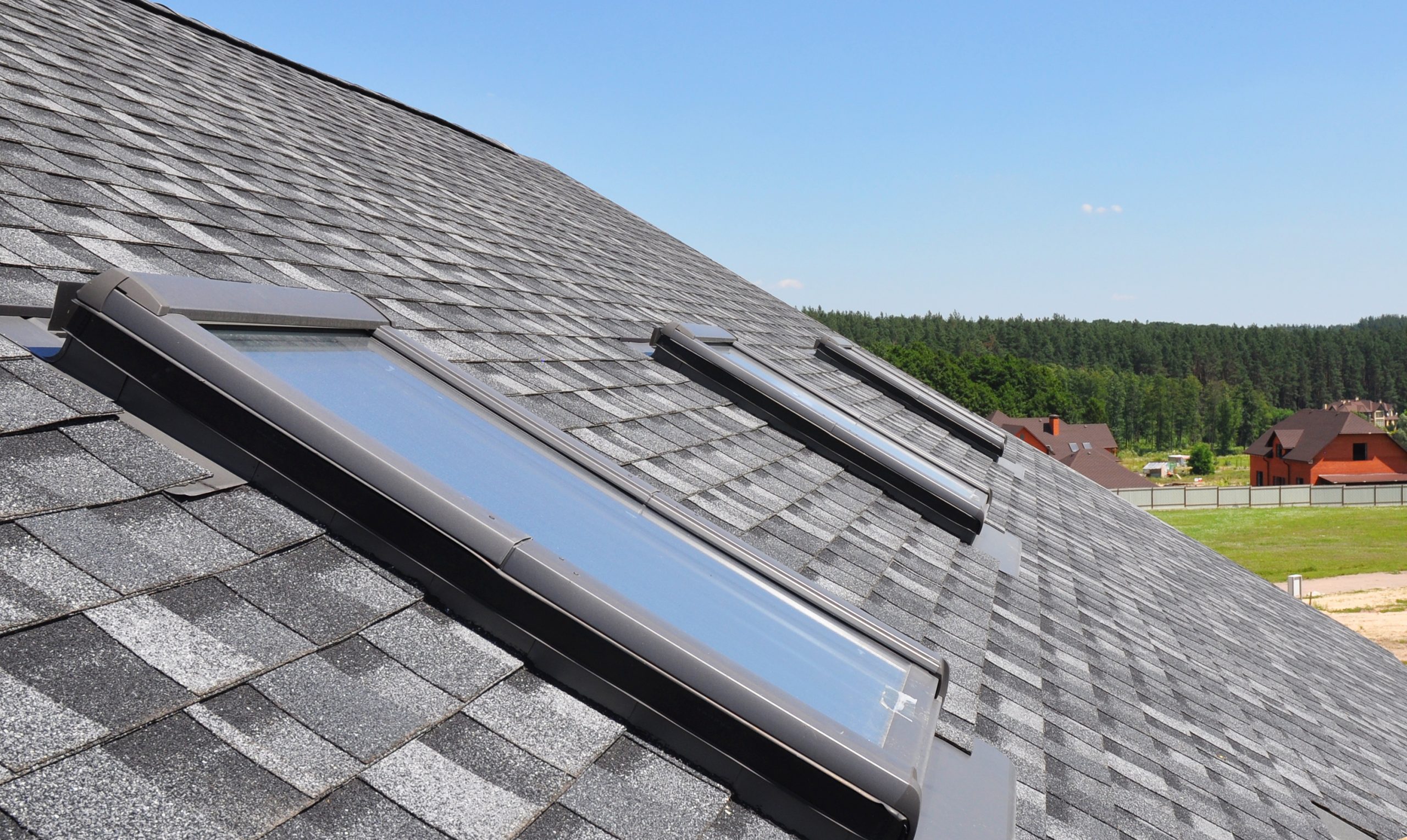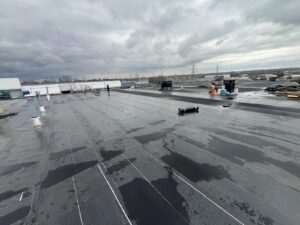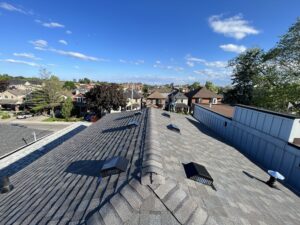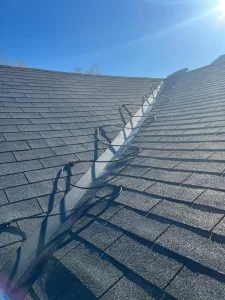Skylight
Skylight Roofing: Maximize Natural Light & Energy Efficiency in Your Home
Skylight
Skylight Installation and Benefits: Brighten Your Space with Natural Light
At Anjco Roofing, we specialize in professional skylight installation for both residential and commercial properties. Our skylights are designed to flood your space with natural light, enhancing its aesthetic appeal while reducing reliance on artificial lighting. This not only creates a brighter, more inviting atmosphere but also helps lower energy consumption and costs.
Types of Skylights: Custom Solutions for Every Space
We offer a wide range of skylight options to meet your unique needs:
Fixed Skylights: Perfect for consistent, natural light, these stationary skylights maximize daylight penetration.
Ventilating Skylights: Improve indoor air quality with skylights that open to allow fresh air and ventilation.
Tubular Skylights: Ideal for smaller spaces, these skylights use reflective tubes to direct sunlight precisely where it’s needed.
Operable Skylights: Equipped with motorized systems, these skylights offer effortless control over light and airflow.
Premium Skylight Materials: Durability Meets Energy Efficiency
Our skylights are crafted from high-quality materials, including tempered glass and acrylic, each offering distinct advantages:
Tempered Glass: Known for its strength and impact resistance, it’s a durable choice for long-lasting performance.
Acrylic: A lightweight, cost-effective alternative that doesn’t compromise on quality.
Energy-Efficient Options: Featuring insulated materials and UV-blocking coatings, our skylights reduce heat transfer, helping maintain comfortable indoor temperatures and lower energy bills.
Expert Skylight Installation: Precision and Roof Compatibility
Skylight installation requires skill and precision. At Anjco Roofing, we ensure seamless integration with your roof’s design and materials. Our team conducts thorough assessments and performs any necessary modifications to guarantee a secure, durable, and aesthetically pleasing fit.
Waterproofing and Leak Prevention: Protecting Your Investment
To safeguard your skylight against leaks and damage, we use advanced flashing techniques and high-quality sealants during installation. This ensures a watertight seal, protecting your home or business from water damage, even during harsh weather conditions.
Enhanced Ventilation and Light Control
Our ventilating skylights provide a natural, cost-effective solution to improve airflow and indoor air quality. Additionally, we offer customizable light control options, such as blinds and shades, allowing you to regulate sunlight and minimize glare for optimal comfort.
Skylight Maintenance: Ensuring Longevity and Performance
Regular maintenance is key to keeping your skylights in top condition. Anjco Roofing offers comprehensive maintenance services, including inspections and cleaning, to remove debris and address potential issues before they become costly problems.

Flat Roof Commercial Replacement: Hot & Cold Systems for GTA Businesses

Upgrade Your Attic Ventilation

Why Is There Mold in My Attic? Causes, Prevention, and Solutions

Roof slope for asphalt shingles

Everything You Need to Know About Heating Cables for Your Roof



